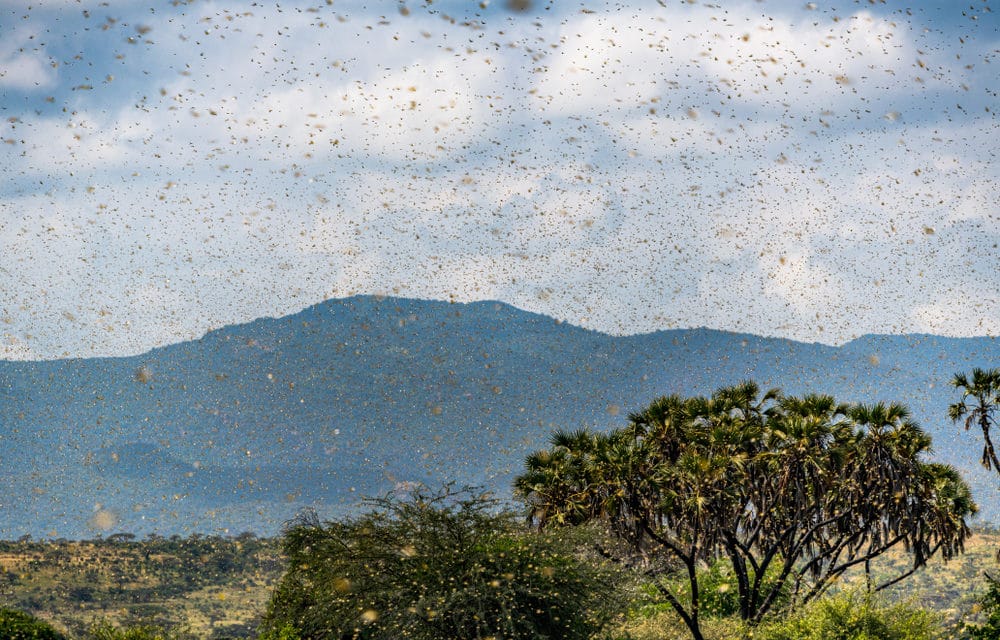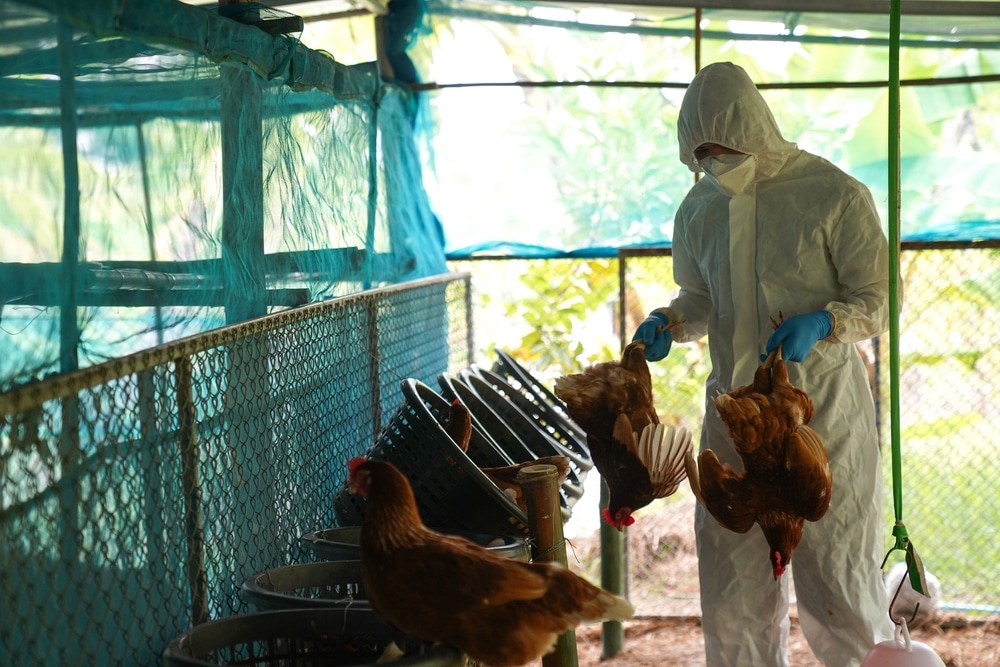(ETH) – The locust swarms have returned to East Africa and Aid agencies have reported that swarms of the insects have been descending on farms in northern Kenya, resulting in the destruction of crops and even leaving pastures bare of vegetation. According to NPR, locust swarms have been detected in seven counties in Kenya compared to just four a week ago.
The report reveals that across the Horn of Africa these locust invasions have now reached dangerous levels in Ethiopia, Somalia, and Kenya. “For Kenya, this is a second wave,” Hamisi Williams FAO deputy country representative for Kenya told Spice FM in Nairobi. “The first wave came in 2020 and we dealt with it.”
Kenya attacked the locusts with insecticides both from individual farmers on the ground and aerial spraying from planes. But other countries in the region — ones with fewer resources and wracked by conflict including Somalia, Yemen, and Ethiopia — didn’t go after the bugs as aggressively.
“A lot of (locust) breeding happened in Ethiopia for the entire 2020. The same situation happened in Somalia,” Williams said. “We are now suffering the fate of our neighbors who just didn’t do a good job for one reason or the other,” in controlling the desert-dwelling grasshoppers.
Williams also noted that the locusts have reproduced so rapidly because of unusual rainfall patterns. “We saw very intense rainfall in areas of northeastern (Kenya), where normally it’s very dry,” Williams said. “Normally there would be nothing there for locusts to feed on. They wouldn’t be able to survive there for long.”
But that wasn’t the case last year. “And you got so much fodder which the locusts were able to feed on, and they were able to breed.” This report comes as several parts of the Horn of Africa are currently facing food crises driven in part by the surge in swarms of desert locusts.
Keith Cressman, the senior locust forecasting officer at the FAO based in Rome says “the locusts are living in the Sahara desert, in the deserts of Arabia, and southwest Asia. And when the rains do fall they have this capacity to take advantage of those exceptional occasions and reproduce very, very rapidly.” He goes on to warn that the insect swarm can multiply 20 fold over a three month period.


















